There are many rabbits used for pets, like the Lionhead rabbit, Netherland dwarf rabbit, Rex Rabbit, Dutch rabbit, or the Flemish Giant rabbit. However, Angora rabbits are a more interesting rabbit breed. Often, most people don’t think twice before choosing to raise this breed because of how pretty they look. However, it would also help to understand better how to care for the breed. Keep reading to learn more about Angora rabbits and how to care for them.
All about Angora Rabbits
Angora rabbits have become popular due to more people choosing to keep rabbits as pets. They are quite loving and perfect for families with children. They have long hair, making them look extra fluffy. However, the rabbit’s long hair and other features demand a different care routine.
Angora Rabbit Shearing
Angora rabbits produce lots of wool that grows long and covers the face and ears. You should shear the rabbit when the wool grows to 3-5 inches long. You may shear your rabbit using standard electric clippers or scissors. Some individuals prefer scissors because electric clippers make too much noise, which may scare the rabbit. You may dispose of or sell the Angora wool obtained from the rabbit.
How Long do Angora Rabbits Live?
Angora rabbits live between 5 to 8 years, depending on how well you care for them. Their long lifespan makes them great companions for children, especially because of their fluffy, calm, and harmless nature. Your rabbit could live for eight years if you provide them with nutritious food, plenty of exercise, and clean living conditions.
Types of Angora rabbits
- English: The English Angora is the smallest rabbit breed. The rabbit has fine guard hairs that are coarser and protect the rabbit’s coat.
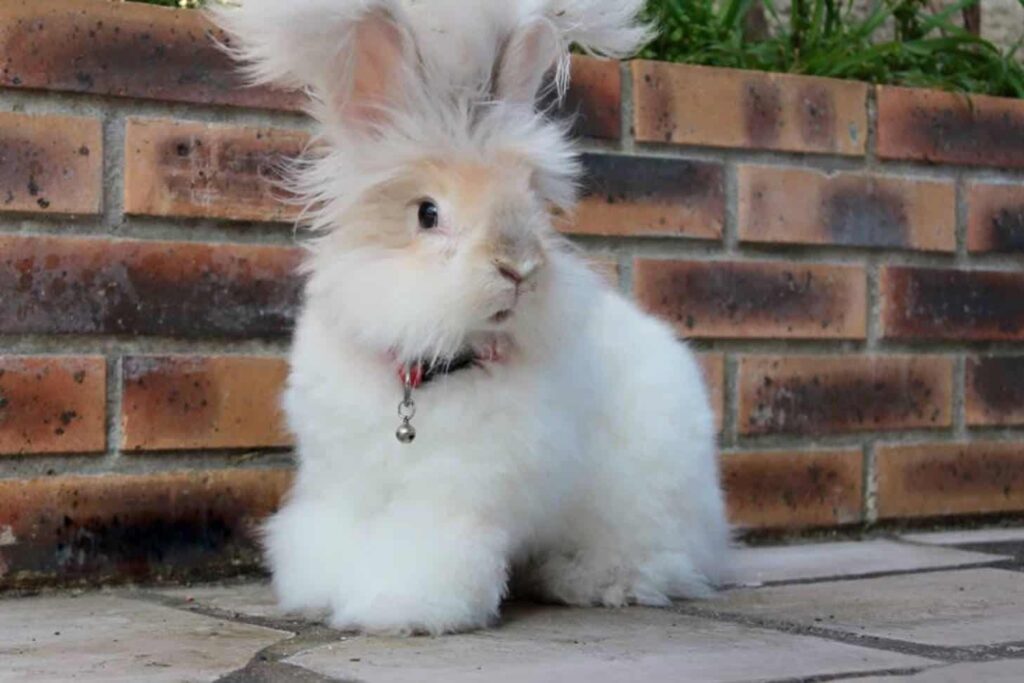
- German: The German Angora is similar to Giant Angoras and produces lots of wool that doesn’t naturally molt.
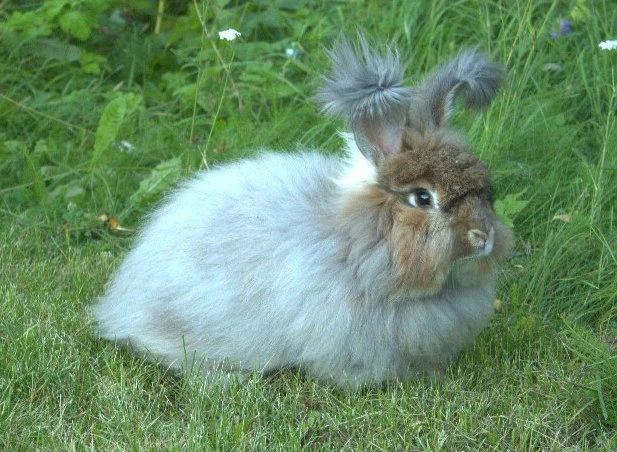
- French: The French Angora has thicker guard hairs making its undercoat woolier. The rabbit is extra fluffy, making great halo fur.
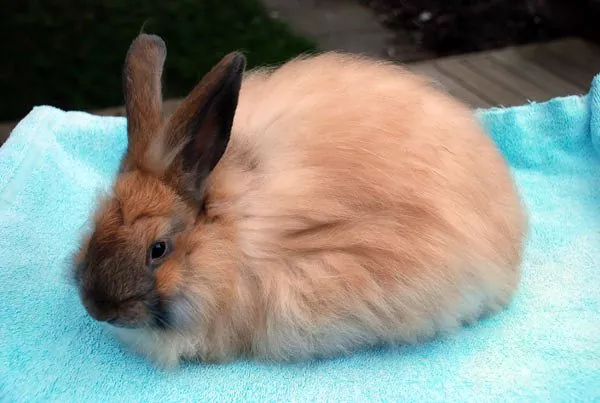
- Satin: This rabbit doesn’t produce as much wool as other Angora rabbits; however, it has a shiny coat.
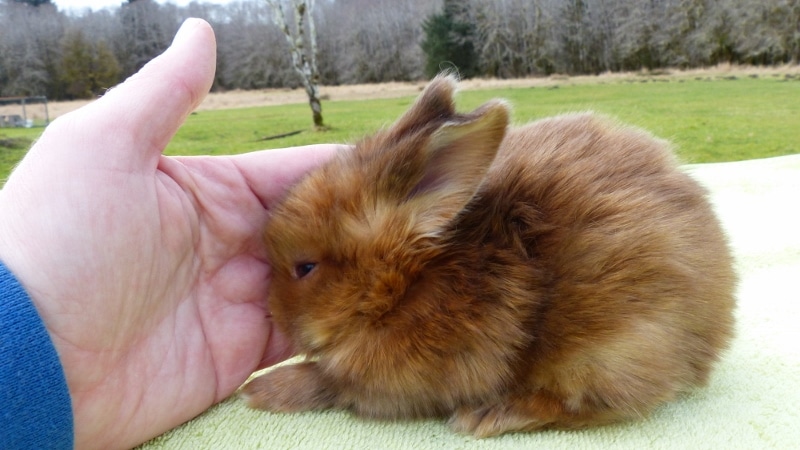
- Giant: The Giant Angora is the biggest of the breed and produces lots of wool. It has three types of wool: awn hair, fluff, and soft underwool.
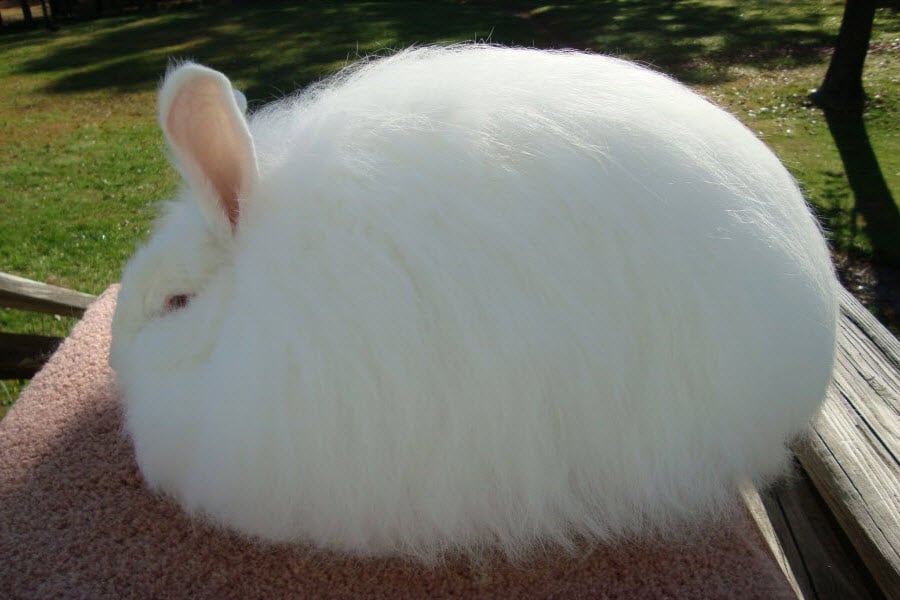
Angora Rabbit Temperament
Are Angora Rabbits Good Pets?
People keep these rabbits for many reasons, including harvesting their wool, showing, and breeding. The rabbits are intelligent and make good pets as long as you have enough time to groom them. The rabbits are comfortable with human contact due to regular grooming sessions and react quite well as pets.
Angora Rabbit Behavior
Angora rabbits are quite docile and love playing with toys. The rabbits love snuggling with their owners. However, like the Holland lop rabbit, Angora rabbits don’t like being picked up. The rabbits may panic and become aggressive when frightened. You should also be more cautious since they have delicate spines.
What are the Disadvantages of Angora?
Caring for Angora rabbits is relatively easy. The rabbits don’t require vaccinations, are easy to feed, and their food is less costly. Grooming Angora rabbits is the hardest part when caring for them. Most of them have a thick coat that should be kept clean and matt-free to prevent infections.
You should regularly brush and blow the rabbit’s wool with a high-intensity vacuum. These rabbits can be destructive and may scratch your furniture if it is made from soft material. You should take extra precautions and be sure to clean them regularly.
Do Angora Rabbits Shed a Lot?
You should be careful with Angora rabbits, especially if you have allergies because they tend to naturally shed 3 to 4 times a year, and you have more hair to deal with. The rabbits require more grooming during these periods, and you’ll have to vacuum the rabbit’s hair quite often.
Rabbits are self-groomers and could get hairballs (like cats), which can be life-threatening. You should groom them regularly to avoid issues with their digestive system. The extra shedding can cause your rabbit to experience health issues apart from creating a hair trail in your home.
What to Feed Angora Rabbits
Angora rabbits love hay and vegetables. You should feed them fresh grass and dandelion, and carrots. They have sensitive stomachs, and you could prevent digestive issues with daily portions of fresh straw or hay. You should also provide them with plenty of fresh water.
What Kind of Fruit can Angora Rabbits Eat?
You should feed your rabbit with apples, bananas, and stone fruits. Giving them cabbage, spinach, and lettuce in low quantities as well as root crops; however, they should be in moderation. Be careful not to feed them tomato and potato greens because they are poisonous and could harm your rabbit.
Do you own or want to own an angora rabbit? What breed will you choose?
I have always loved rabbits. A rabbit was my very first pet. Since owning my first rabbit I have gone on to own many more. I look forward to being able to get my kids their very own pet rabbits.

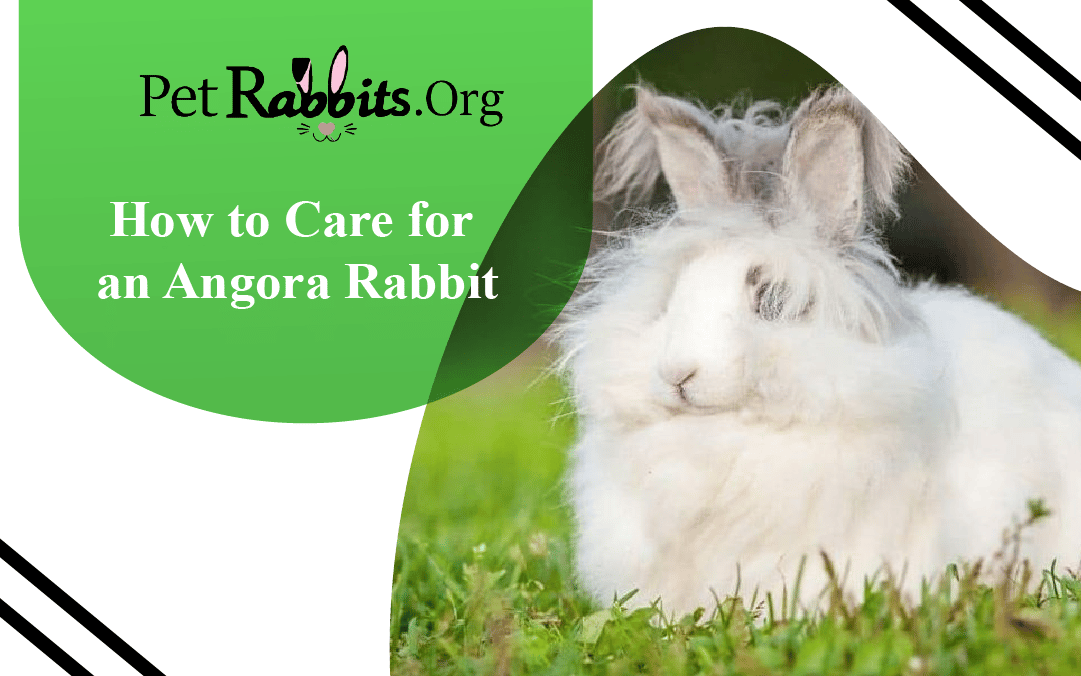
Rabbits are so cute
I’m happy to hear you’ve enjoyed learning about this Rabbit!